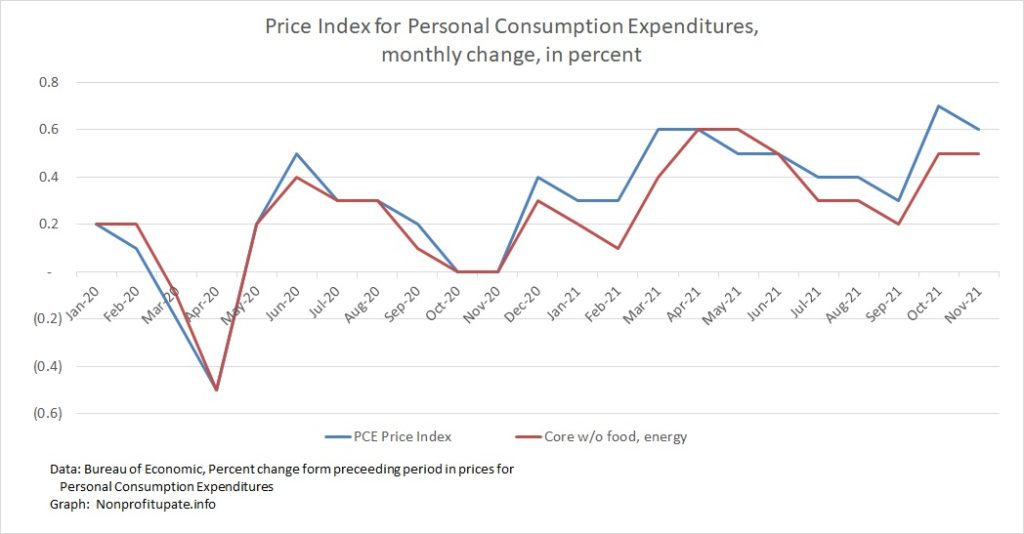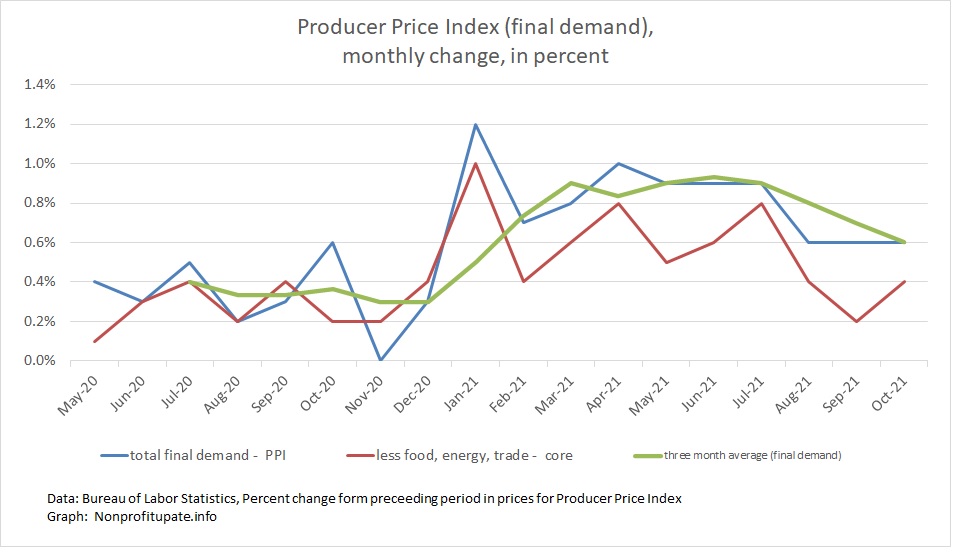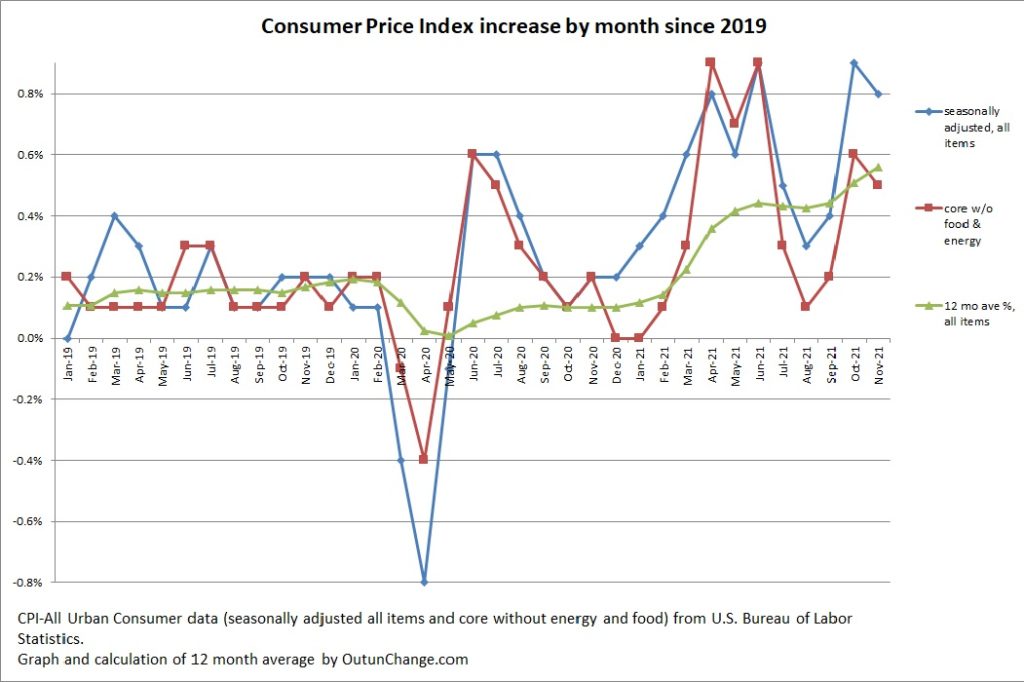All the convictions in the U.S. for Libor manipulation have now been overturned.
After the Great Recession back in 2008, there was great hue and cry demanding that hundreds of bankers be thrown in prison, every one of them to spend the remainder of their life in a dank, dark dungeon.
Nice concept.
Has a good, solid, rewarding emotional feel. Just the thought all those horrible bankers in jail gives you a warm fuzzy feeling all over.
The only problem is for that to happen, federal prosecutors have to actually, you know, prove their case.
Little teeny, tiny problem standing in the way – – proving manipulation is difficult.
So difficult that all convictions for alleged LIBOR manipulation in the United States have now been overturned.
So much for throwing all the bankers in jail.
The core challenge is proving one specific individual committed a specific crime. A particular bank as a whole may have committed crimes, which can be proved. A department overall can be shown to have committed a crime. The challenge is to prove one specific guy over there, yeah that one, had intent to and did violate a specific criminal code.
Wall Street Journal – 1/27/22 – All US Trial Convictions and Crisis-Era LIBOR Rigging Have Now Been Overturned – Three traders from Deutsche Bank were convicted at trial in 2018 for manipulating LIBOR. The charges were wire fraud, which is exquisitely broad.
The Second Circuit Court of Appeals reversed the convictions.
…All the convictions in the U.S. for Libor manipulation have now been overturned.Read More »
All the convictions in the U.S. for Libor manipulation have now been overturned. Read More »














